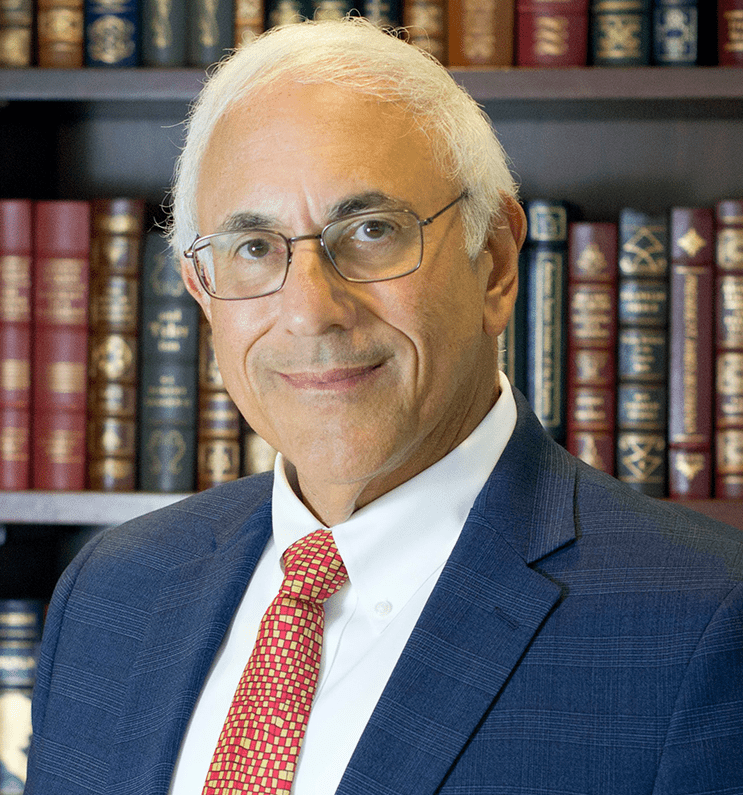Key Takeaways from Oral Arguments in Court’s Controversial Voting-Rights Case

The U.S. Supreme Court recently heard oral arguments in Louisiana v. Callais, which involves a key provision of the Voting Rights Act (VRA). While nothing is certain until the Court publishes it final decision, several justices appeared inclined to narrow Section 2 of the VRA, which would significantly impact how race may be used in districting decisions.
Facts of the Case
Over more than two years of litigation, two separate groups of voters have challenged Louisiana’s congressional maps. The first suit, Robinson, et al v. Ardoin, alleged that the state’s map violated §2 of the Voting Rights Act, which prohibits election practices that result in a denial or abridgement of the right to vote based on race, by diluting the votes of the state’s Black residents, which make up a third of the state’s population.
To resolve the litigation, the Louisiana Legislature adopted a new redistricting map via Senate Bill 8 (SB8), which established a second majority-Black congressional district. A separate group of plaintiffs subsequently filed suit challenging the 2024 congressional map on the grounds that the second majority Black district created by the Legislature violates the Equal Protection Clause because it sorted voters predominantly by race.
Amajority of a three-judge court sitting in the Western District of Louisiana enjoined SB8as an unconstitutional racial gerrymander.While the court acknowledge that race neutral considerations factored into the Legislature’s decisions, such as the protection of incumbent representatives, it ultimately determined that race was the predominate factor driving decisions made by the State in drawing the contours of District 6. In reaching its decision, the court emphasized that Section 2 never requires race to predominate in drawing Congressional districts at the sacrifice of traditional districting principles.
Issues Before the Court
The Supreme Court granted certiorari on November 4, 2024. The justices agreed to consider the following questions: (1) Whether the majority of the three-judge district court in this case erred in finding that race predominated in the Louisiana legislature’s enactment of S.B. 8; (2) whether the majority erred in finding that S.B. 8 fails strict scrutiny; (3) whether the majority erred in subjecting S.B. 8 to the preconditions specified in Thornburg v. Gingles; and (4) whether this action is non-justiciable.
Following oral arguments in March 2025, the justices elected to schedule the case for re-argument. The Court directed the parties to brief a separate question: “Whether Louisiana’s intentional creation of a second majority-minority congressional district violates the 14th or 15th Amendments to the U.S. Constitution.”
Oral Arguments
The Court heard oral arguments on October 15, 2025. While the Court’s liberal justices defended Section 2, they were in the minority. Most, if not all, of the Court’s conservatives justices were skeptical of race-based redistricting.
Several of the Court’s conservative justices strongly questioned the idea that race should remain a predominant factor in drawing maps. Justice Brett Kavanaugh specifically raised whether race-based remedies under the VRA should be open ended. “They should have an end point,” Justice Kavanaugh agued. Meanwhile, Justices Clarence Thomas, Samuel Alito, and Neil Gorsuch pushed more aggressively, questioning the constitutionality of race-conscious districting altogether.
Chief Justice John Roberts and Justice Amy Coney Barrettwere more measured in their questioning, but still appeared to favor narrowing Section 2. Justice Barrett suggested that while Section 2 is not necessarily unconstitutional, the way that the Court has applied it in the past few decades is itself unconstitutional.
A decision is expected by the end of the term in June 2026. If the Court does narrow or invalidate Section 2, it will significantly impact how states draw electoral districts.
Previous Articles
Key Cases to Watch During the Supreme Court’s November Sitting
by DONALD SCARINCI on November 5, 2025
The U.S. Supreme Court’s November sitting begins on November 3 and concludes on November 12, 2025...
SCOTUS Clears Way to Terminate Protected Status for Venezuelan Nationals
by DONALD SCARINCI on October 29, 2025
On October 3, 2025, the U.S. Supreme Court granted an emergency request from the Trump Administrati...
Supreme Court Cases to Watch in the October Sitting
by DONALD SCARINCI on October 23, 2025
The U.S. Supreme Court’s new term, which began on October 6, has the potential to be historic. In...
The Amendments
-
Amendment1
- Establishment ClauseFree Exercise Clause
- Freedom of Speech
- Freedoms of Press
- Freedom of Assembly, and Petitition
-
Amendment2
- The Right to Bear Arms
-
Amendment4
- Unreasonable Searches and Seizures
-
Amendment5
- Due Process
- Eminent Domain
- Rights of Criminal Defendants
Preamble to the Bill of Rights
Congress of the United States begun and held at the City of New-York, on Wednesday the fourth of March, one thousand seven hundred and eighty nine.
THE Conventions of a number of the States, having at the time of their adopting the Constitution, expressed a desire, in order to prevent misconstruction or abuse of its powers, that further declaratory and restrictive clauses should be added: And as extending the ground of public confidence in the Government, will best ensure the beneficent ends of its institution.





